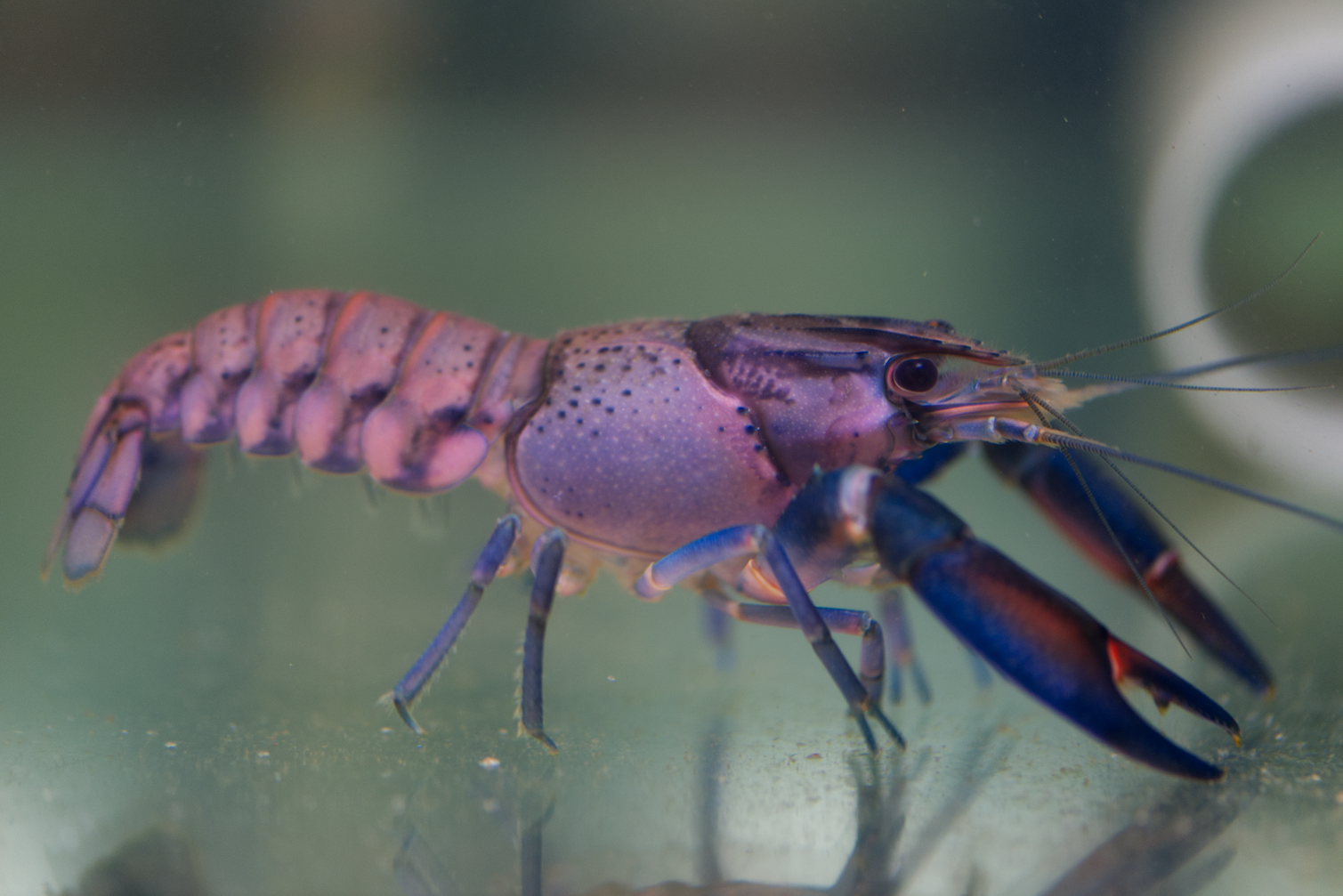Western Australia’s famed marron crayfish may become the next global food sensation thanks to innovative agritech startup, Aquatic AI forging ahead with a tech-powered, vertical farming system to ensure a consistent supply of the crustacean for export markets.
With the support of AgriFutures Australia’s Emerging Industries Program, Andrew Walker and Michael Storey the Co-Founders of Aquatic AI are seeking commercial investors to help research and develop an aquaculture supply chain for marron to rival the iconic WA rock lobster industry.
“The marron has a sweet, firm and delicious flesh with a beautiful texture that everybody loves – particularly chefs – but it’s challenging to produce in the traditional growing method of outdoor clay ponds, which are low-tech and quite land, water and labour intensive,” explained Andrew, whose family has been involved in marron growing for three generations.
“Our goal is to scale up marron production in a similar way to vertical farms like Bowery in the United States, which grows leafy greens in vertical stacks indoors in fully controlled environments that use high-tech automation to achieve a far higher yield per square metre than traditional farming.”
Developing a suitable diet for intensive system
Through AgriFutures Emerging Industries Program, Aquatic AI is developing a proof of concept for technology-enabled marron farming, focusing firstly on developing a suitable diet to feed marron in an intensive system. Where traditional farms have a stocking rate of 3-4 marron per square metre in their ponds, Andrew and Michael have already proven they can successfully run 100+ marron per square metre in the laboratory, using robotics to monitor the health and growth of the animals.
“In collaboration with the University of Western Australia, we’ve been working with a team of biologists, freshwater ecologists and microbiologists for 12 months to develop nutritional strategies that will achieve superior growth rates in an automated system, and already we’ve proven that this is a legitimate way to produce marron to export size,” said Andrew.
“We’re automating all animal husbandry, care and feeding, taking photos to check the size and condition of marron and weighing them, and using data to correlate growth with genetics, which is where the ‘AI’ in Aquatic AI comes in. Rather than take the robots to the animals, we’re moving the animals to the robotic technology in a warehouse.
“We now need to recruit an engineering and software team and source funding for equipment and manufacturing to really build and design for massive scale – not an enormous facility just yet, but to enable us to take the know-how from the lab to scale up a modular design to build a global food technology business.”
Aquaculture industry to benefit from feed research
The freshwater marron industry has significant potential for growth as a premium product, and Aquatic AI’s research could benefit other industries, explained Dr Olivia Reynolds, Senior Manager of AgriFutures Australia’s Emerging Industries Program.









